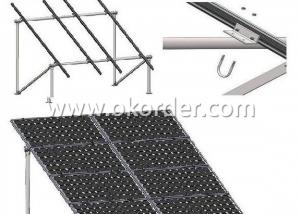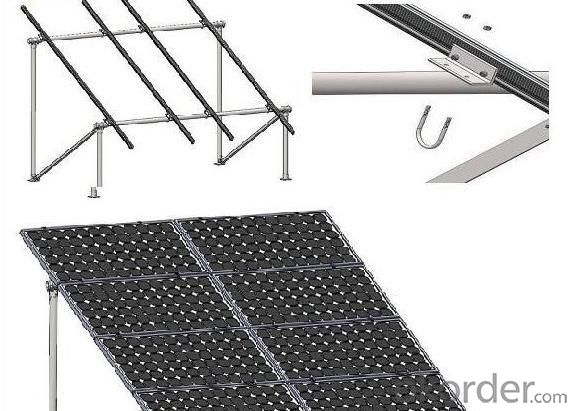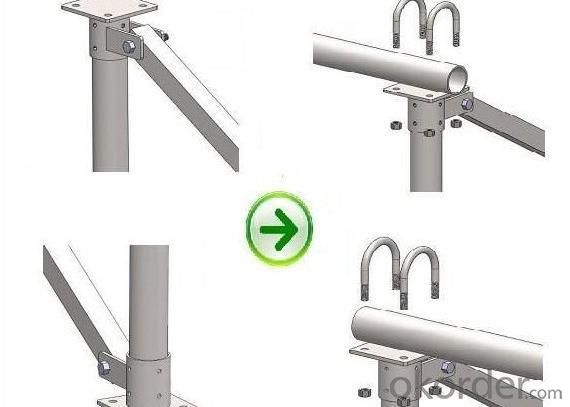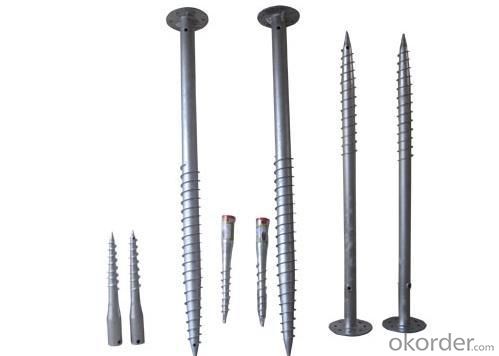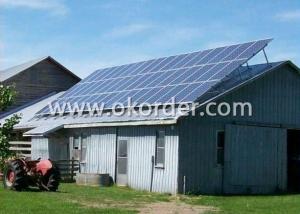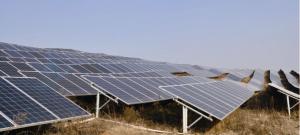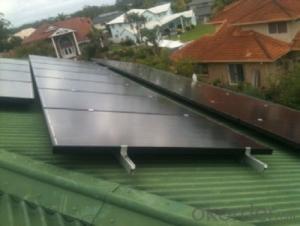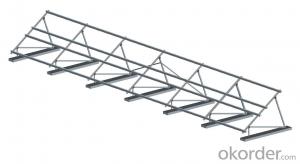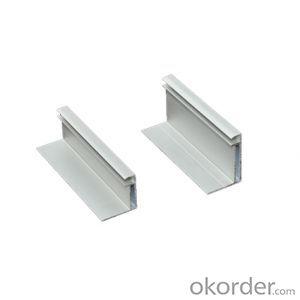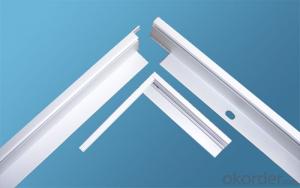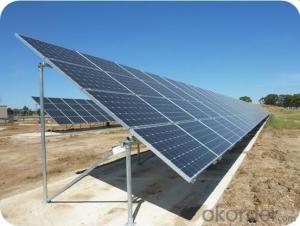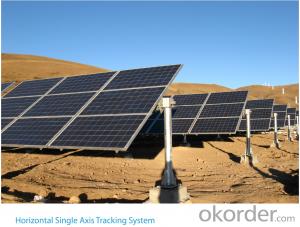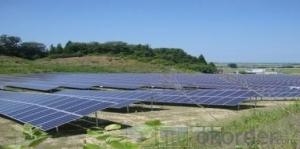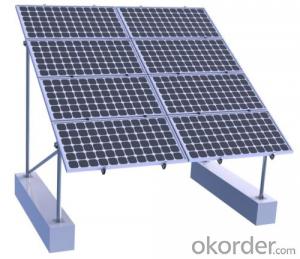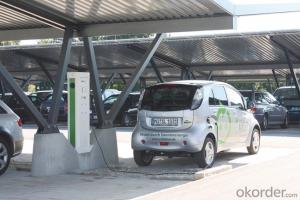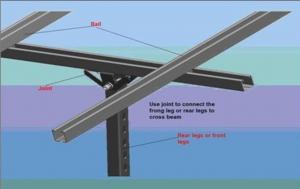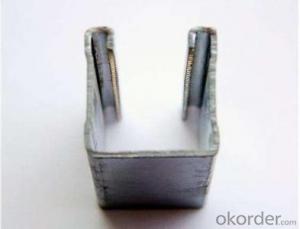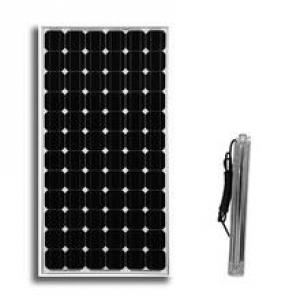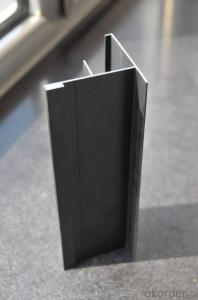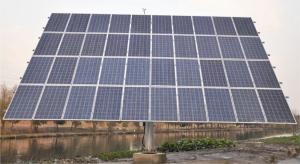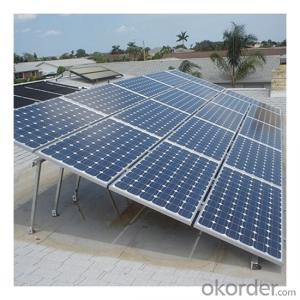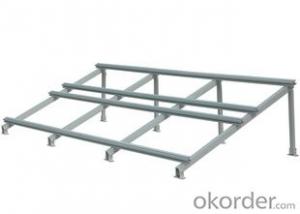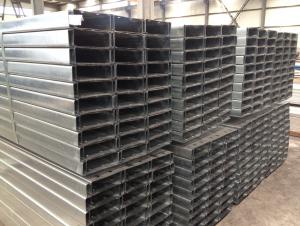PV Solar Spiral Pipe Mounting System
- Loading Port:
- Shanghai Port
- Payment Terms:
- TT or LC
- Min Order Qty:
- 10watts watt
- Supply Capability:
- 1-1000000watts/month watt/month
OKorder Service Pledge
OKorder Financial Service
You Might Also Like
Packaging & Delivery of the Spiral Pipe Mounting System
Packaging Detail: wood case, wood pallet ,carton
Delivery Detail: 10- 15 working days
Technical Information of the Spiral Pipe Mounting System
Installation site: Open space
Installation angle: According to customer demands
Applicable models: Crystal silicon and thin-film modules
Material: Q235B&AL6063 T5
Surface treatment: Hot dip galvanizing and anodizing
Wind pressure: 100KM/H
Snow pressure: 0.5KN/M2
Advantages of Spiral Piles of the Spiral Pipe Mounting System
Structure simple, easy and quick to install: No precast foundation is required, no welding or surface treatment on site is required that reduced the most part of cost. Only the percussive drilling equipment is required to drill on site in the field. In general, 100- 200 spiral piles and one set of equipment are required to complete the installation work in one day.Applicable to a variety of soils: The spiral pile is an efficient and cost-saving installation choice for ground-based mounting, applicable to a variety of geological conditions, including spongy soil, bedrock, swamps, and hillside over 30°.
Applicable combination with various mounting structures: The connections of spiral piles can be designed and adjusted according to the customer demand.
Good environmental adaption: No prior preparation work is required without destroying the installation environment. In addition, no additional processing cost is required. The spiral pile can be recycled and reused, and can well protect the photovoltaic devices.
Easy and quick to reinstall: The piles can be freely moved and can reduce the impact on the environment so that the cost for reinstallation is also reduced.
Specifications of the Spiral Pipe Mounting System
Installation Site | flat roof or open ground |
Wind Load | <130mph(60m/s) |
Snow Load | <30psf(1.4kN/m2) |
Applicable Module | Framed or Thin Film |
Tilt Angle | 10-60deg |
Standard | AS/NZS 1170 and other international standard |
Material | High Class Aluminum Alloy 6005-T5&Stainless steel |
Color | natural or Customized |
Anticorrosive | Anodized aluminum & Stainless steel |
Warranty | 10 years |
The technical information of the Spiral Pipe Mounting System
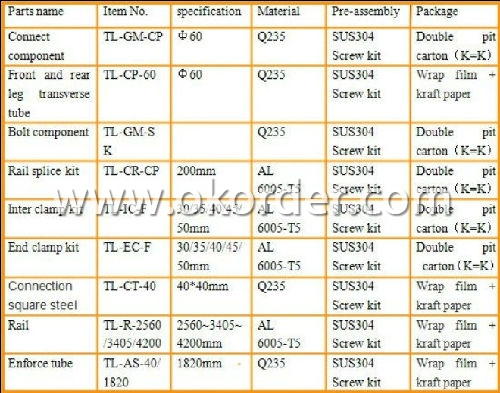
The installation steps of the Spiral Pipe Mounting System
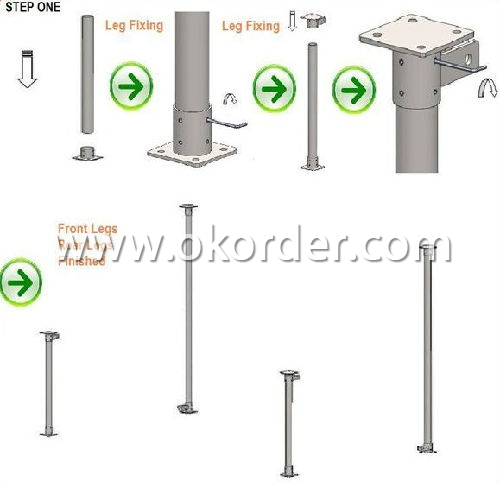
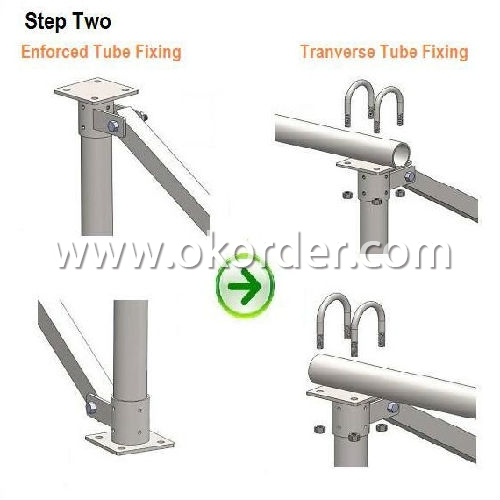

The package of the Spiral Pipe Mounting System

- Q: Are there any specific requirements for installing a solar mounting system on a rooftop with HVAC units?
- Yes, there are specific requirements for installing a solar mounting system on a rooftop with HVAC units. These requirements typically include ensuring that the solar panels and mounting structure do not obstruct or interfere with the HVAC units' functionality and maintenance access. Additionally, proper engineering and design considerations must be taken into account to ensure that the added weight of the solar system does not exceed the rooftop's load-bearing capacity. It is crucial to consult with a professional solar installer and obtain necessary permits to meet local building codes and regulations.
- Q: Can a solar mounting system be used in areas with solar incentives for sports stadiums?
- Yes, a solar mounting system can certainly be used in areas with solar incentives for sports stadiums. In fact, taking advantage of solar incentives can provide financial benefits and help offset the initial investment of installing a solar system. Additionally, sports stadiums typically have large roof spaces or expansive open areas that are ideal for solar panel installations, making it a feasible and sustainable option for generating clean energy.
- Q: Can solar mounting systems be installed on buildings with architectural features or historical significance?
- Yes, solar mounting systems can be installed on buildings with architectural features or historical significance. However, careful consideration and planning are required to ensure that the installation does not compromise the integrity or aesthetics of the building. Collaborating with architects and preservation experts can help in designing solar systems that are compatible with the building's architectural features and historical significance, thereby preserving the building's character while harnessing the benefits of solar energy.
- Q: What are the advantages of a ground-mounted solar mounting system?
- Some advantages of a ground-mounted solar mounting system include: 1. Maximum solar exposure: Ground-mounted systems can be positioned to optimize solar exposure, ensuring maximum sunlight absorption throughout the day. They can be angled and positioned for the ideal tilt and orientation, increasing energy production. 2. Scalability: Ground-mounted systems can be easily expanded or modified to accommodate additional solar panels. This makes them a suitable choice for residential, commercial, or utility-scale installations, allowing for future growth or adjustments as needed. 3. Accessibility for maintenance: Ground-mounted systems are easily accessible for routine maintenance and cleaning. This simplifies the inspection, cleaning, and repair processes, reducing downtime and increasing system efficiency. 4. Flexibility in location: Unlike rooftop installations, ground-mounted systems can be installed in various locations, including areas with limited roof space or shading issues. They can also be installed in open fields or on uneven terrain, making them suitable for a wide range of geographical locations. 5. Reduced rooftop load: By installing solar panels on the ground, the weight and load on the roof are eliminated, which can be beneficial for buildings with structural limitations or aging roofs. This reduces the risk of damage and the need for costly roof reinforcements. 6. Cost-effectiveness: Ground-mounted systems often have lower installation costs compared to rooftop systems since they require less labor and structural considerations. Additionally, they can be more cost-effective in terms of maintenance and repairs, as they are easily accessible. Overall, ground-mounted solar mounting systems offer increased flexibility, accessibility, and efficiency, making them a preferred option in many solar installations.
- Q: Are there any specific requirements for installing a solar mounting system on a membrane roof?
- Yes, there are specific requirements for installing a solar mounting system on a membrane roof. These requirements typically include ensuring that the roof is structurally sound and able to support the weight of the solar panels and mounting system. Additionally, the membrane roof should be in good condition, without any leaks or damage. It is also important to use appropriate flashing and sealing techniques to ensure a watertight installation. Consulting with a professional installer or engineer experienced in solar installations on membrane roofs is recommended to ensure compliance with specific installation requirements.
- Q: Can a solar mounting system be used with both silicon and thin-film solar panels?
- Yes, a solar mounting system can be used with both silicon and thin-film solar panels. The mounting system is designed to be versatile and adaptable to different types of solar panels, ensuring secure installation and optimal performance for both silicon and thin-film technologies.
- Q: What is the expected efficiency loss over time for a solar mounting system?
- The expected efficiency loss over time for a solar mounting system can vary depending on various factors such as the quality of the materials used, installation techniques, maintenance practices, and environmental conditions. However, in general, it is expected that a solar mounting system can experience a gradual decrease in efficiency over time due to factors like weathering, dust accumulation, and potential wear and tear. Regular maintenance and cleaning can help minimize efficiency losses and ensure optimal performance.
- Q: What is a high-profile template system?
- Erection height of 8m and above; erected span of 18m and above; construction of the total load of 15kN / m2 and above; concentration line load 20kN / m and above for the "more than a certain size of the larger part of the sub-
- Q: Can a solar mounting system be used in areas with limited roof space?
- Yes, a solar mounting system can be used in areas with limited roof space. There are various mounting options available, such as ground-mounted systems or elevated structures, which can be utilized to maximize solar panel placement in areas with limited roof space.
- Q: What is the expected increase in energy independence with a solar mounting system?
- The expected increase in energy independence with a solar mounting system can vary depending on several factors such as the size of the system, location, and energy consumption. However, in general, installing a solar mounting system can significantly increase energy independence by harnessing the power of the sun to generate electricity. This renewable energy source can reduce or eliminate the need for reliance on fossil fuels, thereby reducing dependence on external energy sources and increasing overall energy independence.
Send your message to us
PV Solar Spiral Pipe Mounting System
- Loading Port:
- Shanghai Port
- Payment Terms:
- TT or LC
- Min Order Qty:
- 10watts watt
- Supply Capability:
- 1-1000000watts/month watt/month
OKorder Service Pledge
OKorder Financial Service
Similar products
Hot products
Hot Searches
Related keywords
